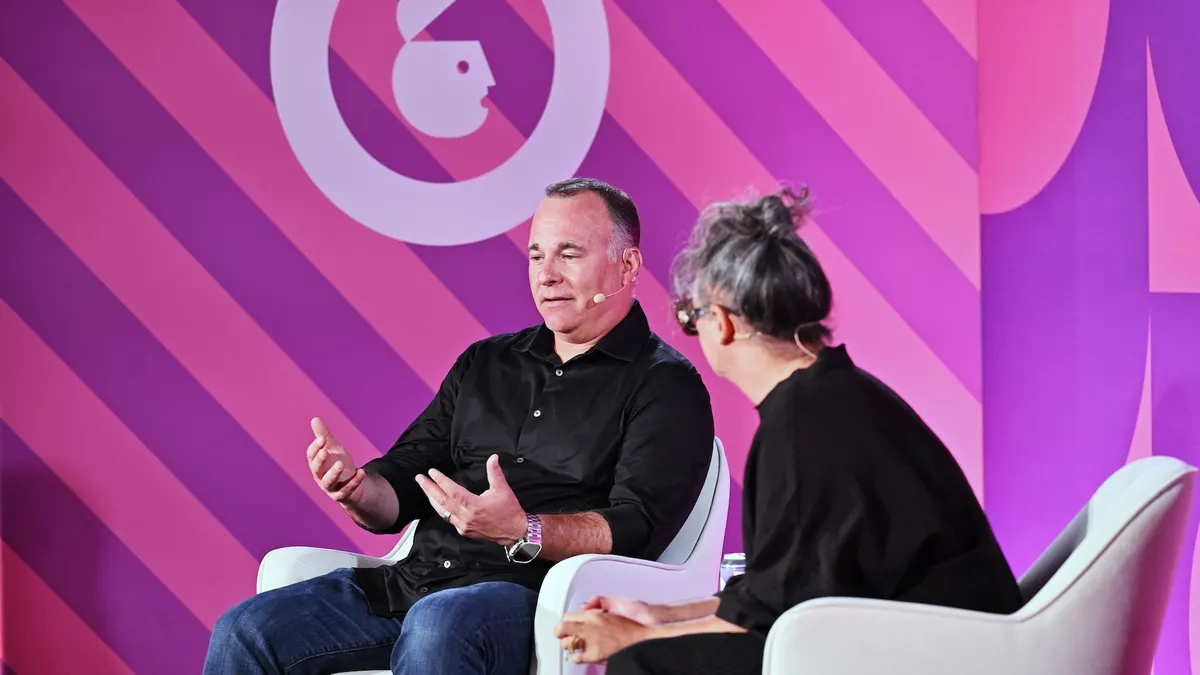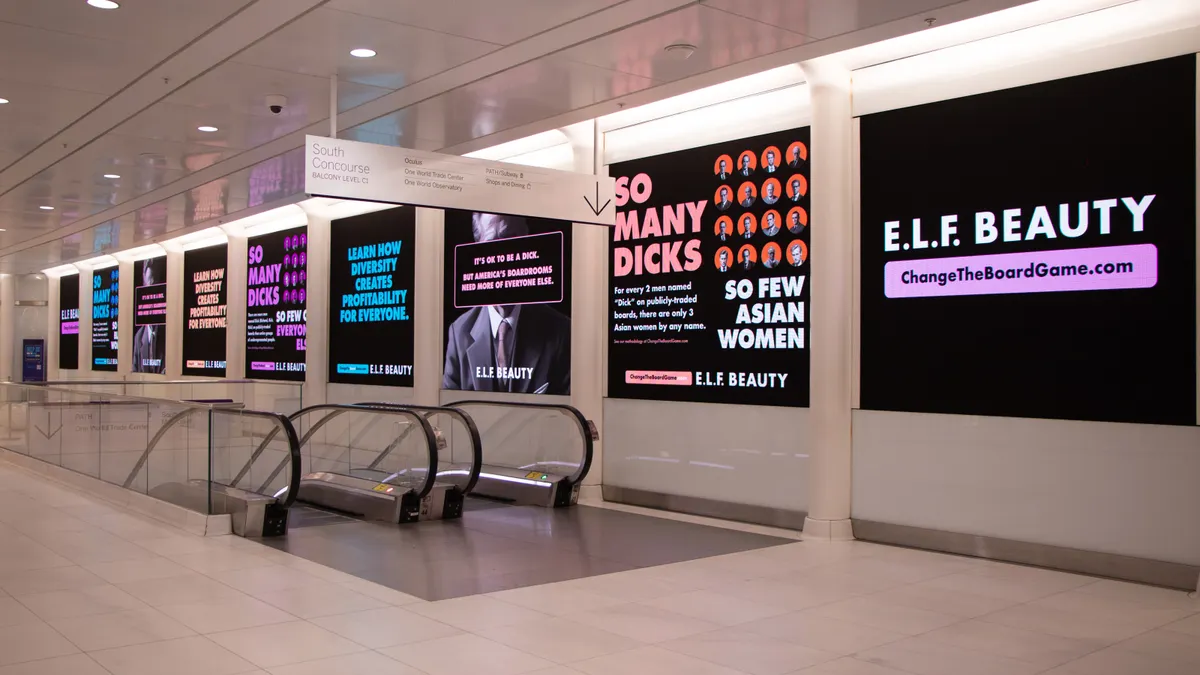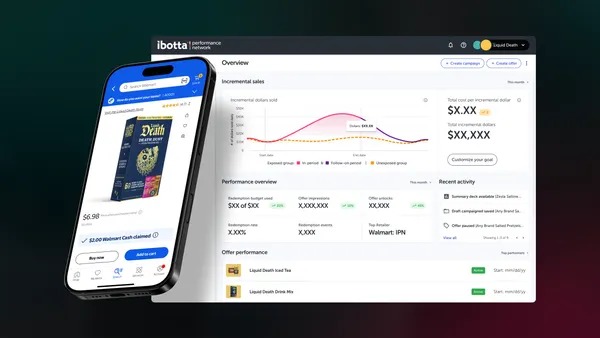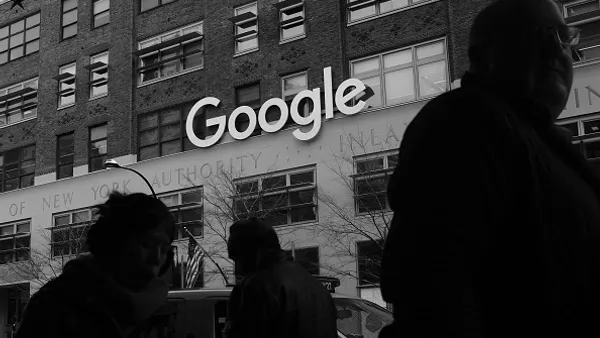Brief:
- Google introduced software tools for its voice-enabled Google Assistant that will help marketers offer voice-based experiences that are more engaging and personalized for customers, per a blog post. H&M Home, Fitbit and Food Network are among the first brands to add new video, picture and text features to the mobile version of Google Assistant, making their content more visually appealing on smartphone screens.
- Google Assistant now lets marketers sell digital goods like subscriptions or game levels, expanding its transaction capabilities from orders for physical goods alone. Meditation app Headspace, as one example, now lets Android users pay for subscriptions to its services.
- Starbucks is one of the first companies to use the new Google Sign-In for the Assistant, which lets users link their Google accounts to smart speakers. Starbucks customers can now sign into their Starbucks Rewards accounts and earn stars for making purchases on Assistant. The coffee chain saw login conversions nearly double from a previous implementation that required manual account entry, according to Google.
Insight:
As H&M Home, Fitbit and Food Network have shown, Google Assistant's new features offer brands another way to engage with consumers and provide more compelling visual content that accompany search results on the Assistant's app for Android. About half of all interactions with Assistant include both voice and touch, according to Google. The new additions also provide an opportunity for voice-app developers to make more money from direct sales of digital content, as Headspace demonstrates. The sign-in feature for Assistant can help many brands that use Google's identity verification to handle secure transactions, as Starbucks does with its voice-enabled app.
By expanding the capabilities of its Assistant app and providing incentives for more developers to create voice experiences for its Home devices, Google continues its push to vie with market leader Amazon for dominance in the market for smart speakers and other connected devices. Like Google, Amazon last month began offering marketers another way to earn money from apps developed for the e-commerce giant's Alexa digital assistant. Voice-powered apps, called "Alexa skills," can charge extra fees for more features like additional content, hints in a trivia game or other freemium consumables.
A wider variety of voice-enabled apps helps to boost the value proposition of smart speakers and other connected devices as tech companies get ready for the busy holiday shopping season. Smart speaker ownership is forecast to surge to 48% of U.S. consumers after the holiday season from 32% in August, per an estimate by Adobe Analytics. The devices are likely to be popular gift items with 23% of smart speaker owners and 9% of non-owners planning to buy one for someone else. Thirty-two percent of smart speaker owners have the devices synced with their smartphones, and 23% connect the devices to their TVs, according to a Nielsen Research MediaTech Trender survey.
Google boosted its share of smart speaker shipments to 28% Q2 2018 from 16% a year earlier, while Amazon's share plunged to 41% from 76% during the same periods, according to researcher Strategy Analytics. The firm estimated that device makers shipped nearly 12 million smart speakers in Q2 2018, about 8 million more than a year ago.













